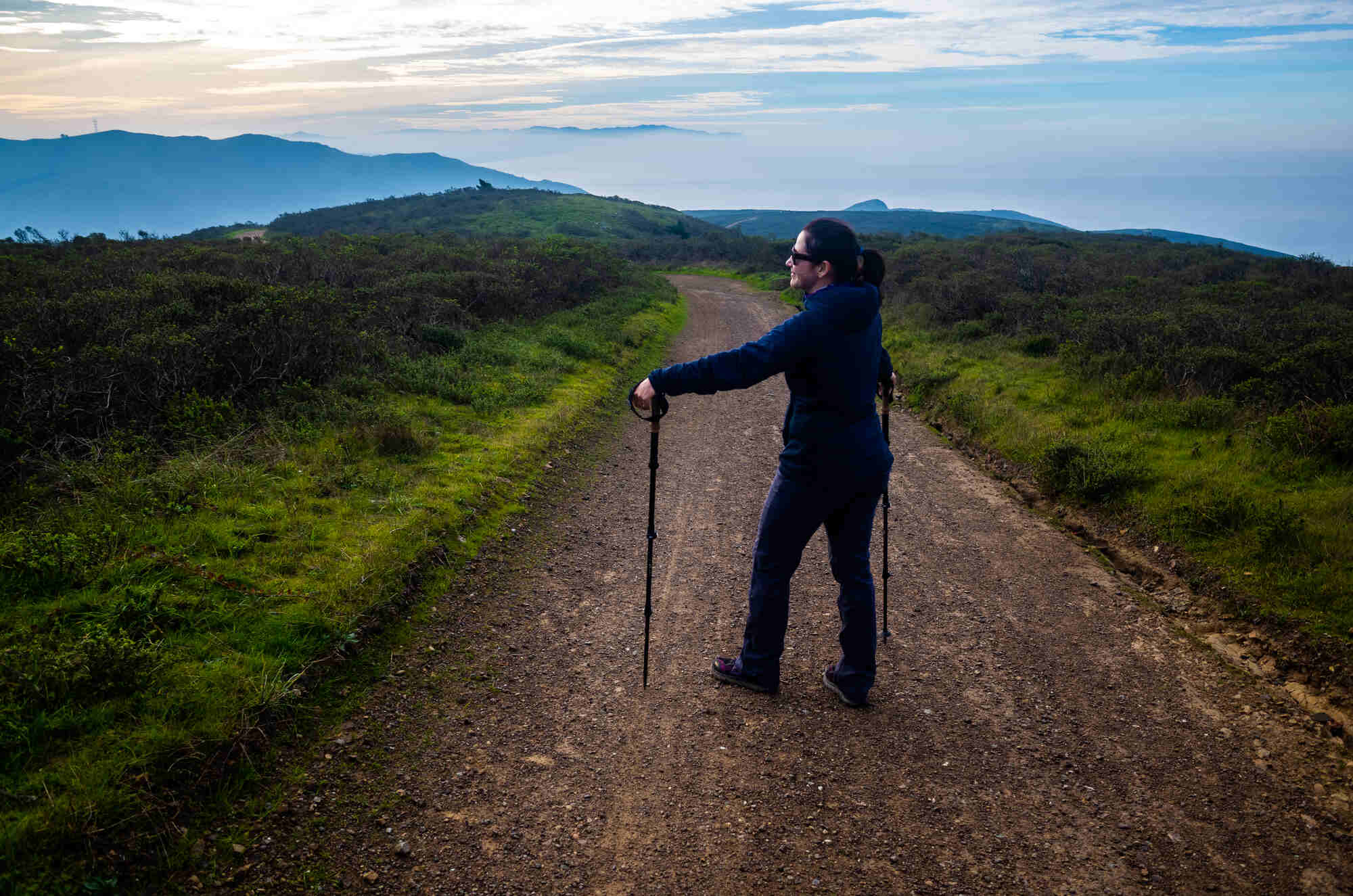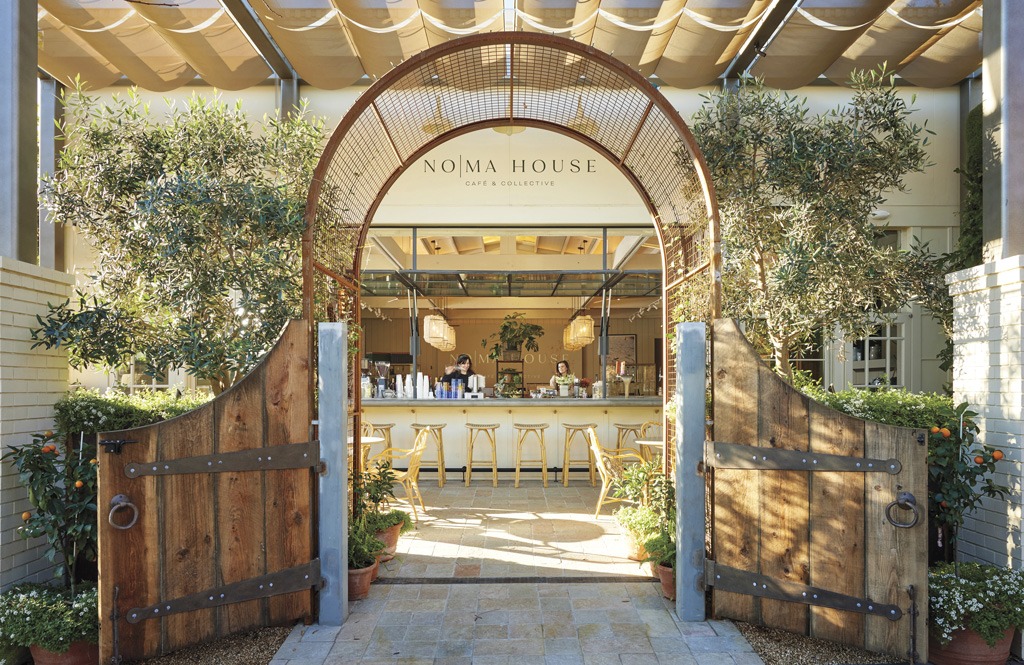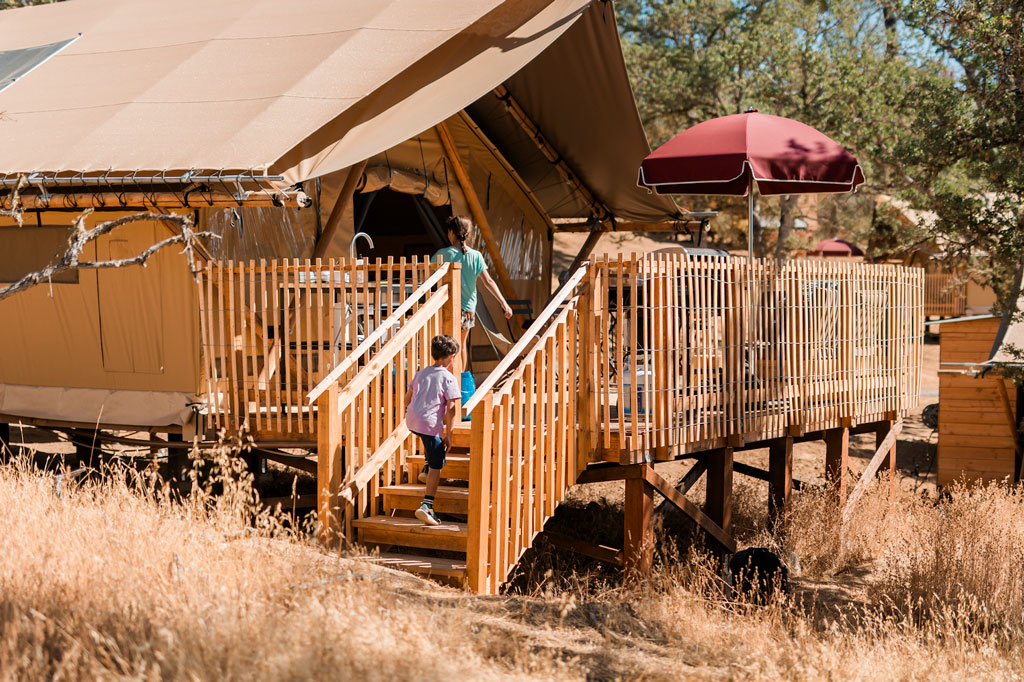Travel
Discover the History of Marin’s Popular Trails
 Tennessee Valley Trail in the Marin Headlands (Photo by Paul Myers/Golden Gate National Parks Conservancy)
Tennessee Valley Trail in the Marin Headlands (Photo by Paul Myers/Golden Gate National Parks Conservancy)At Marin Stables and Trails on the northern flanks of Mount Tamalpais, the sun has scarcely peeked over the hillside. Clopping hooves join the sound of the rushing canyon creek as riders move saddles from the tack room to their horses in preparation for a trail ride. Higher up, toward the mountain’s summit, bikes climb trails where modern mountain biking began nearly 50 years ago. To the west, passing from redwoods to coastal scrub, runners and hikers descend the final miles of the Dipsea Trail, ending at Stinson Beach with its lulling ocean waves.
For those who live in and visit the area, these trails, and hundreds of miles more, are a defining characteristic of Marin. They are built on layered stories of the past, surfacing experiences of nature, athleticism and community. “The trails in Marin connect you to those who have walked before,” says Mia Monroe, National Parks ranger and Marin community liaison.
Marin Stables and its surroundings are living history on Mount Tamalpais. Since their construction in 1937, the same year as the Golden Gate Bridge’s opening, the stables have supported horseback trail excursions. “The thing about this stable that is so magical is that there’s almost no other place where you can get your horse out of the stall and walk out onto the trails,” says Heidi Craig, Marin Stables and Trails director.
Even today, the stables harken back to the past, sitting apart from the bustle of modern life. “Here, it is like going back in history, to a quieter, slower, more peaceful time,” says Tracy McDermott, who has more than 40 years’ riding experience at Marin Stables, now with her horse Lacy. “What on earth could be better than packing lunch in the bag, having your canteen and getting on your horse?”
Next to the stables, Canyon Trail is named after the local topography, though many other trails around Marin reference connections to people, such as Miwok Trail, named for the first peoples to have traversed these landscapes. Likewise, trail routing is often a reflection of underlying history. “Some trails are former military roads for the different forts, some are different ranch roads built to deliver butter, eggs and milk from the dairies along the coast to inland markets, some are routes that were used by early fishermen and hunters,” says Monroe.
For mountain bike pioneer Joe Breeze, the historical pathway of the old Mount Tamalpais Scenic Railway would provide the inspiration to design and build the first modern mountain bike. “In 1973, I first rode down the Railroad Grade. When I got to the bottom, I was sold,” says Breeze. Subsequent outings with friends Marc Vendetti, Otis Guy and others stoked the small biking community’s fervor for cycling on the mountain. “The bicycle allowed me to cover more territory, to get to some special locations more easily,” says Breeze. “I really liked the sustainable aspect of using my bicycle to cover a broad range of areas and see more variety with my own power.”
Several years after his inspiring experience on Mount Tamalpais’ downhill trails, Breeze began designing and building a more robust, efficient bike for the trails than those that were available and meant for roads and streets. The resulting model, the Breezer 1, is considered the first modern mountain bike, “and of all crazy things,” says Breeze, one now resides in the Smithsonian museum.
Trail history is also celebrated by the storied Dipsea Race, which generally follows the route first run in 1905, making it the oldest trail race in the U.S. Winding through dramatic scenery from Mill Valley to Stinson Beach, the trails that constitute the Dipsea bring runners together annually. “The Dipsea really is a community event,” says Diana Fitzpatrick, a two-time winner of the race, in 2013 and 2014. “If you live in Marin and you are a runner, there is just this gravitational pull to the Dipsea.”
Beyond the one-off Dipsea race, Mount Tamalpais’ trails have given rise to a community of runners who race trails longer than marathon distances, a pastime referred to as trail ultra-running. In large part, Marin is unique in providing a weaving trail network that allows easy access to such extended runs, versus point-to-point running true of other locations around the world. “There are all these loops and circles and ins and outs you can do. It’s like a runner’s heaven the way it’s designed,” Fitzpatrick says. As a part of this ultra community, Fitzpatrick serves as president of Western States, the world’s oldest 100-mile trail race. The event, which takes place in the Sierras, also connects back to Marin’s trail running community, which has been heavily involved since the race’s early years.
Whether by foot, bike or horseback, trail access to the local culture and natural history reflects the heart and soul of Marin. From the Headlands to Point Reyes Peninsula and over to Ring Mountain, the paths reveal beauty and peace to the observant visitors who tread upon them. “The trails are just an amazing way to experience the world and take it all in, to relax and to stay healthy,” Monroe says — and perhaps even to celebrate a little piece of history.
Trail Etiquette
Not sure what to do when encountering someone on the trail who might be traveling differently than you on foot, bike or horseback? The Marin County Bicycle Coalition, Marin Horse Council and Marin Conservation League came together to help folks with an easily remembered solution: “Slow and say hello!”










